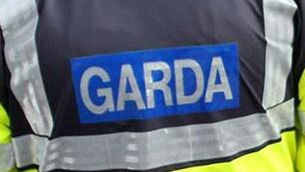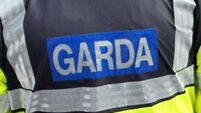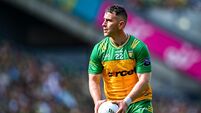Our Caravaggio is the real thing, says National Gallery
The statement follows newspaper claims that an unnamed, Rome-based art-dealer had “cast-iron proof” his copy of the painting was the original by the famous Italian artist.
The director of the National Gallery, Raymond Keaveney said claims about this copy were beyond its remit, although the gallery was aware of its existence since 1951.
The Taking of Christ, which depicts the betrayal of Jesus by Judas Iscariot in the Garden of Gethsemane is one of only around 70 known works by Caravaggio.
The painting, which was finished in 1602, vanished in the late 18th century before being “discovered” in August 1990 by the National Gallery’s head curator, Sergio Benedetti, in a house belonging to the Jesuits on Dublin’s Leeson Street where it had been kept since the 1930s.
“Mr Benedetti carried out the primary research on the painting and published his findings in the Burlington magazine in November 1993. No major authority has questioned the attribution,” Mr Keaveney said.
The painting, which is on long-term loan to the National Gallery from the Jesuits, is an acknowledged masterpiece and estimates about its value are generally given as “priceless”.
In a further gesture that underlies the confidence of the National Gallery that it has the true Caravaggio, Mr Benedetti has proposed that the Roman dealer’s copy of the painting be put on display alongside the Dublin painting when it is exhibited in Milan later this year. “It would help to clarify the situation,” said a National Gallery spokesperson.
However, the National Gallery expressed surprise at reports a leading collector and art historian, Sir Denis Mahon, was quoted in Italian news reports as saying that he had no doubt that the painting currently kept in Italy is the original version. “Sir Denis has always been full square behind Sergio, who conducted three years of research into the background of the (Dublin) painting, including vast documentation about the work,” the spokesperson said.











